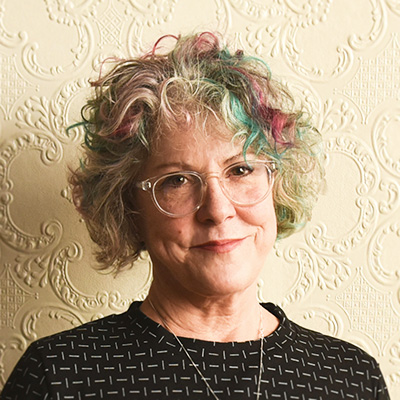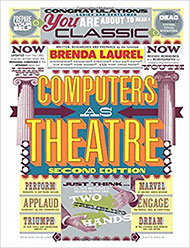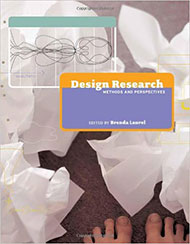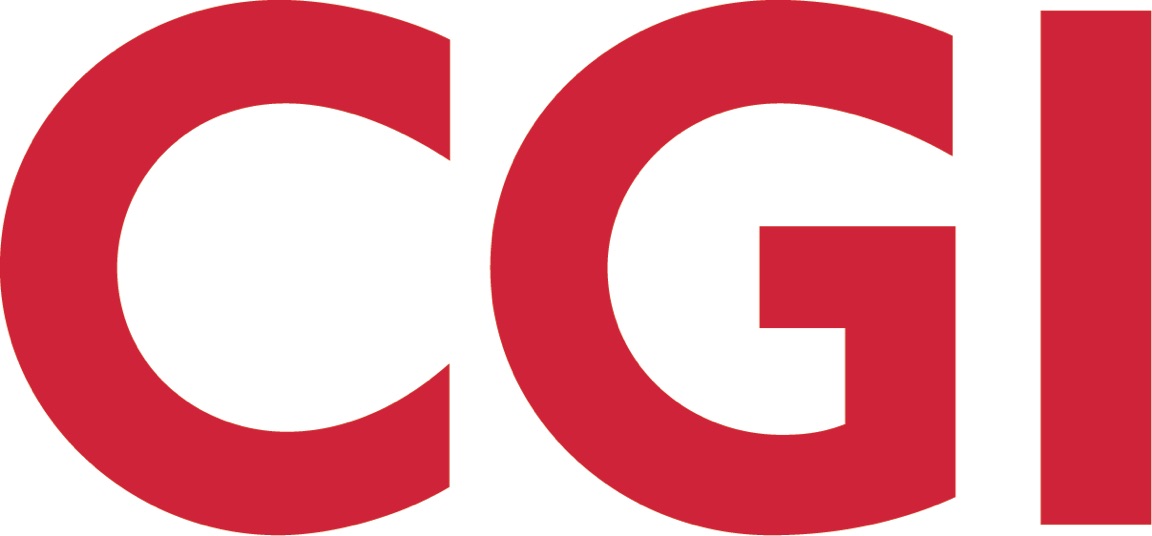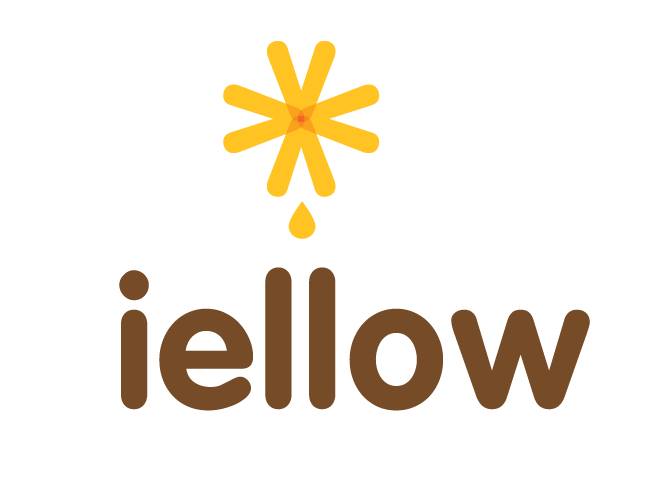-
Brenda Laurel has worked in interactive media since 1976 as a designer, researcher, writer and teacher. She worked in the computer game industry from Atari to Activision. She also worked in research labs at Atari, Interval Research, and Sun Labs where she was a Distinguished Engineer.
She co-founded Telepresence Research, a VR research and production company, in 1989. With the support of the Banff Centre for the Arts and Interval Research, she co-designed and produced the ground-breaking Virtual Reality system Placeholder. Based on her research in gender and technology at Interval Research (1992-1996), she co-founded Purple Moon in 1996 to create interactive media for girls. She designed and chaired the Graduate Media Design Program at Art Center College of Design in Pasadena (2001-2006) and the Graduate Design Program at California College of the Arts (2006-2012). She served as an adjunct professor in Computational Media and research associate in the Digital Arts and New Media programs at U. C. Santa Cruz (2013-2015).
In 2015 she received the Trailblazer Award from Indiecade for her distinguished accomplishment over a career of game creation.
Her books include The Art of Human-Computer Interface Design (1990), Utopian Entrepreneur (2001), Design Research: Methods and Perspectives (2004), and Computers as Theatre, Second Edition (2014). Her recent papers include “What Is Virtual Reality?” (Medium) and “AR and VR: Cultivating the Garden” (MIT Press Journal Presence). She earned her BA (1972) from DePauw University and her MFA in Acting and Directing (1975) and PhD in Drama Theory and Criticism (1986) from the Ohio State University. Among her favorite activities are snorkeling, landscape and underwater photography, abalone diving, and trekking in open country.
-
25
14:00 - 17:30
Room 2Workshop
Design Leadership
An effective design team requires a multitude of diverse skills, and it's impossible for any one individual to possess them all. So, how do you go about putting together a team that’s balanced, powerful and can work effectively with other teams? What is the right mixture of junior and senior practitioners? What skills, soft and hard, do you need to design and deliver outstanding products and services that support meaningful outcomes? In this workshop, we’ll take a look at how to assess the skills of our colleagues (as well as our own) to best shape, inspire and lead a design team that works together (and stays together). A team where more experienced practitioners thrive and more junior ones are supported, mentored and enabled to grow, and where complementarity and teamwork are the foundations of success. You will leave this workshop with a different point of view on design leadership, and ready to build, motivate, grow and keep design teams happy. Why do I need to know about design leadership? Bringing design attention to the context of design teams and design leadership is critical for the success and sustainability of our practice and industry. At a time when our ways of working, our design remit and materials change, we need to pay attention to supporting and growing our teams to successfully embrace these new challenges. As organisations continue to value the importance of design, more and more companies act on the need to establish a design team. These teams have specific needs to thrive in an organisation and to create value for the business and users as well as happy designers.
What topics will be covered? How does this work?
Learning by doing is one of the most effective way to acquire and share knowledge. In one long role-playing game, groups will work through the stages of development of a team — you will start collaborating from the get-go, forming fictional organizations that will be the backbone of the exercises you and your group will participate in.
The workshop is structured as a series of micro-modules on:
- Leadership styles
- Building vs inheriting a team
- Hiring
- Culture and fit
- Team structure
- Motivation
- Retention
- Conflict resolution
- Skills assessment
- Skills development
- Mentoring/coaching
- Letting go (post exit-interview)
These modules are followed, and sometimes preceded, by practical exercises and simulations that will flex your leadership muscle.
Will I learn anything practical that I can use straight away?
Absolutely. You will leave this workshop armed with:
- Understanding of the traits of an effective design team
- Tips and techniques on how to hire, motivate and keep design teams happy
- Methods and tools (and a bit of science) to assess your team's skill set, create development plans and support maximum performance
- A strategy to help you foster a culture of learning in your organization
Is this workshop for me? This workshop doesn’t require any prior knowledge and is suitable to anybody who works in a team, and especially beneficial to team leaders, new managers and managers new to design. But, really, if you work with other humans, this is for you.
25
16:50 - 17:30
Auditorium ITalk
This Is the Way the World Ends
Science is a dialogue with nature. In the United States as well as in much of
Europe, science has lost value in the public mind in recent years. Climate
change denial is a leading force in this shift. In past years I have been extremely
hopeful that humanity would engage in slowing or stopping climate change.
But many of our efforts have been thwarted, not only by the growth of
nationalism, but also by the relentless erosion of our relationship with nature.
Our situation now requires deeper engagement by activists, progressives,
scientists and designers. This talk will begin with a review historical highlights
of “end of the world” moments and how humanity has addressed them. Then
we will turn our attention to today’s “end of the world” problems and explore
strategies for designing interventions. How might we as designers and
engineers impact human attitudes and actions in this chaotic and threatening
time?
